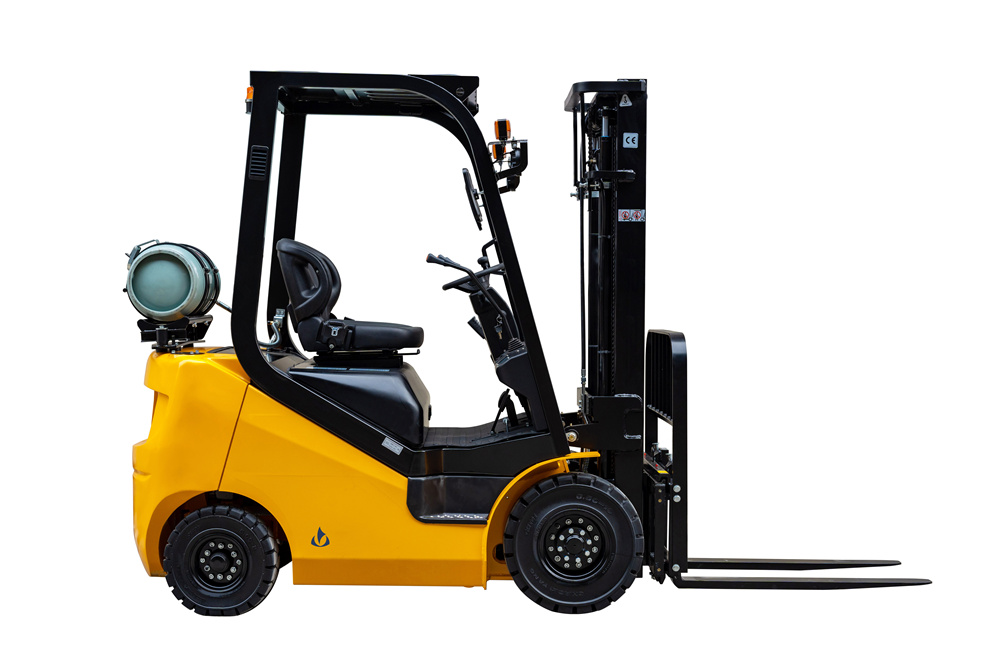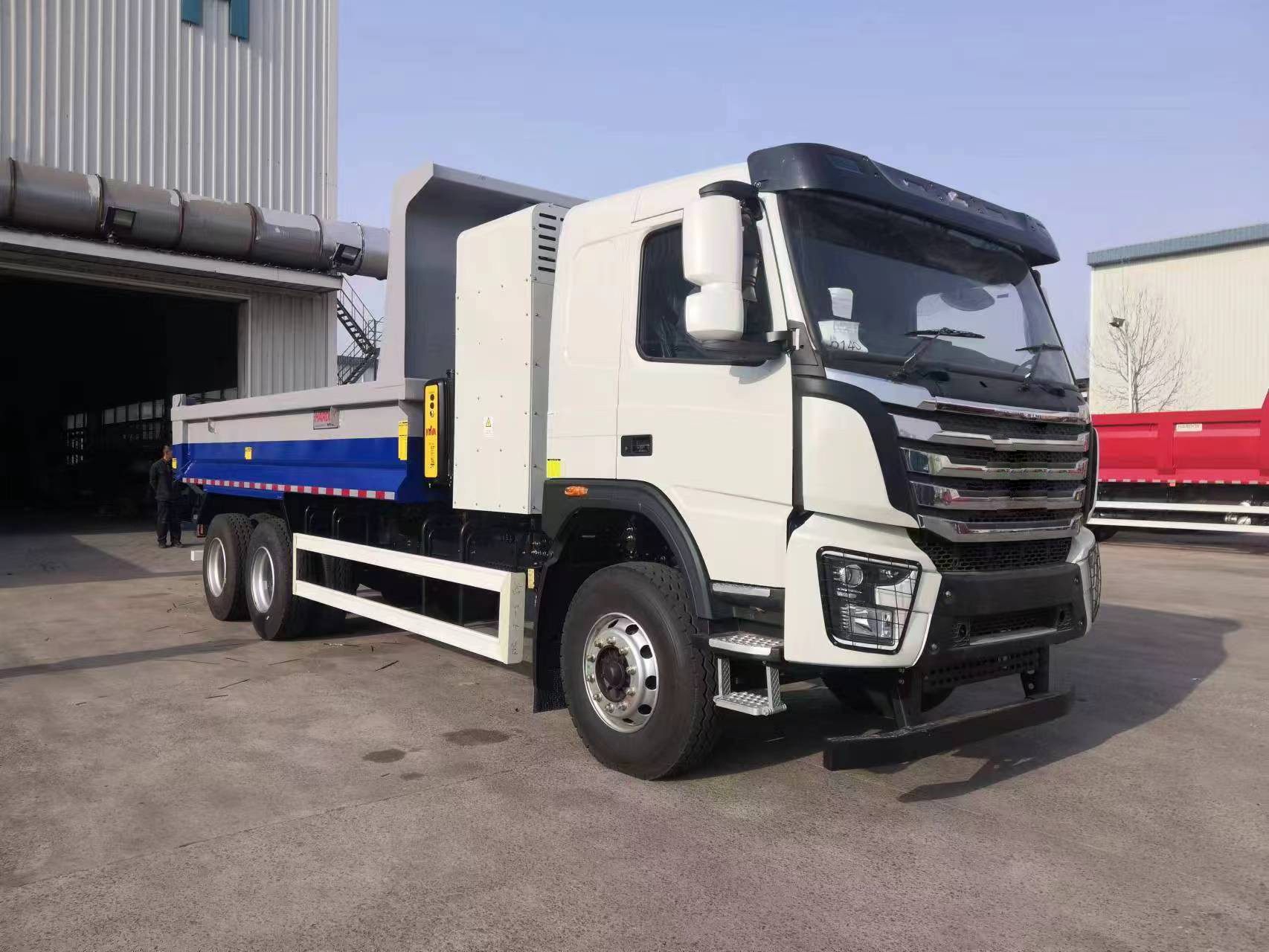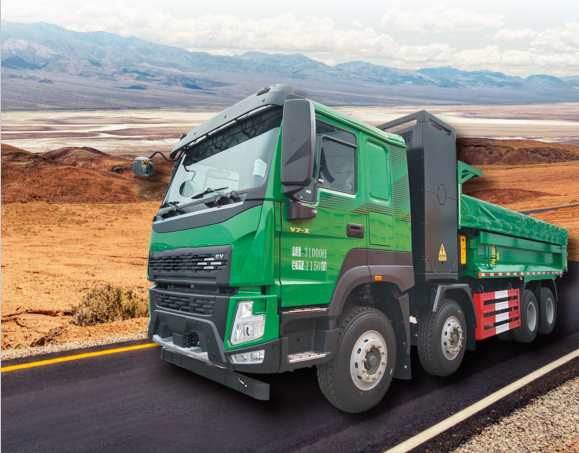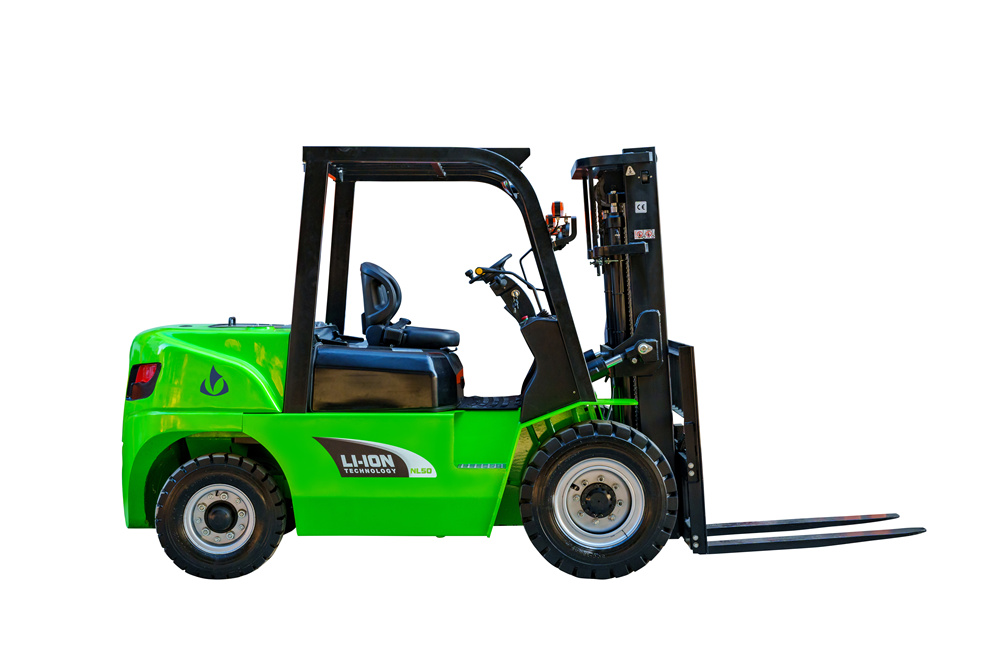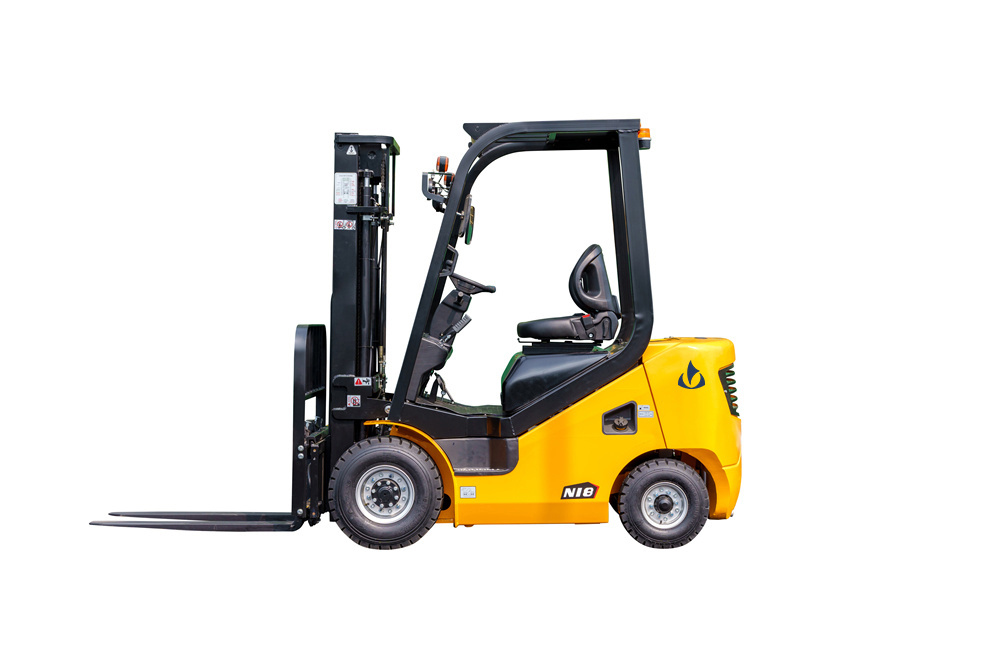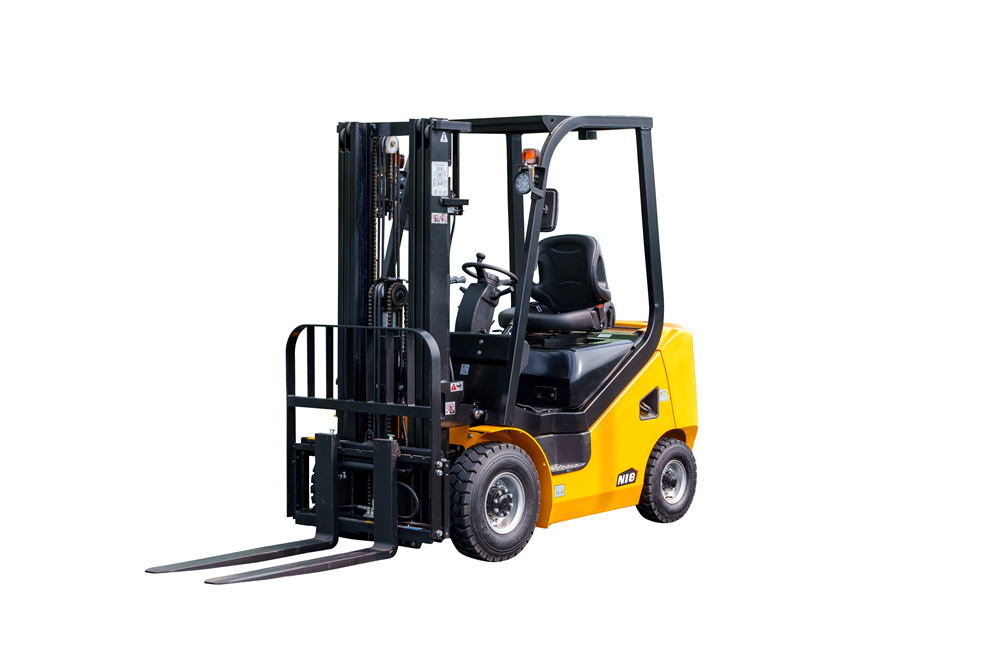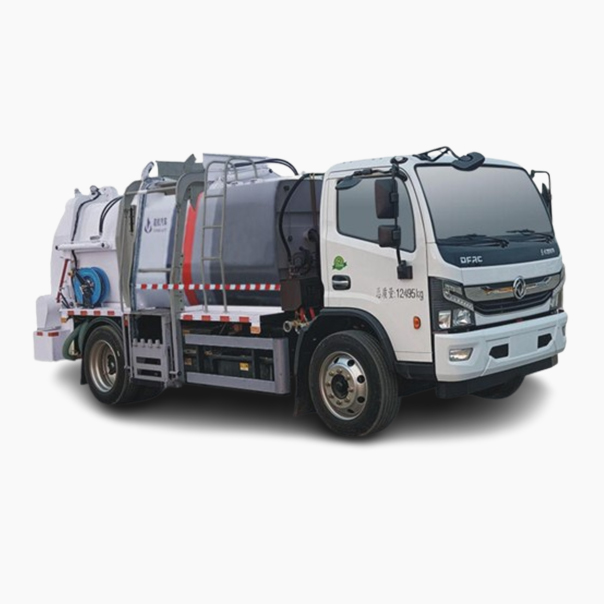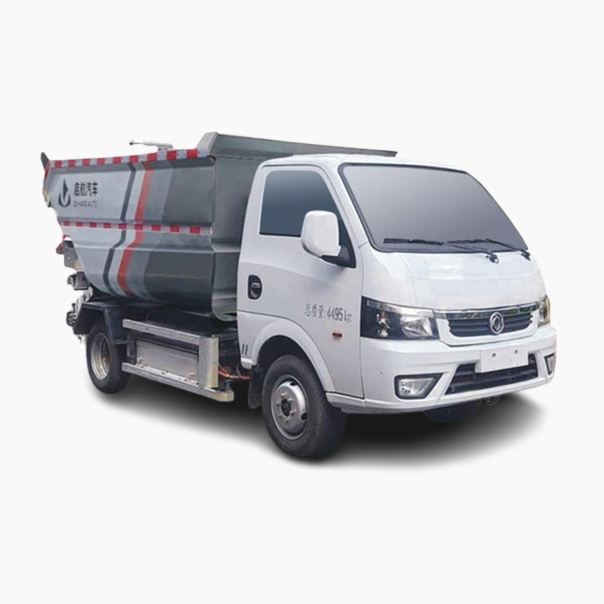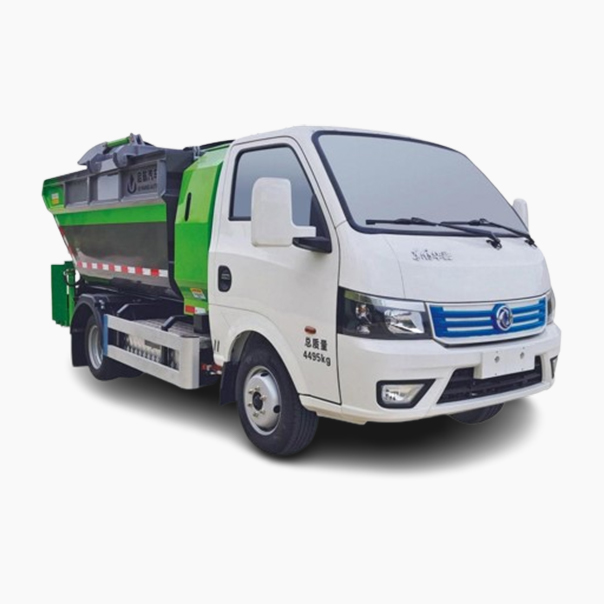Liquefied petroleum gas (LPG) forklift is a new type of industrial handling vehicle that uses LPG as fuel. It is mainly used to replace traditional diesel forklifts and has advantages such as environmental protection, energy saving, and safety.
major role
1.Environmental protection and emission reduction
The use of liquefied petroleum gas can reduce carbon emissions, with carbon dioxide emissions of only 141 grams per kilometer, significantly lower than diesel forklifts.
Reduce costs
Liquefied petroleum gas prices are usually lower than diesel, and daily operating costs can be reduced by about 50%.
Enhance security
Equipped with explosion-proof devices and passing multiple safety tests (such as hydraulic tests, fire tests, etc.), it is safer to use.
2.Extend engine life
Liquefied petroleum gas has lower requirements for engine lubrication, which can extend the service life to more than twice the original and reduce maintenance costs.
Suitable for special scenarios
Liquefied gas forklifts can replace battery forklifts in closed storage or situations where high air cleanliness is required, ensuring operational efficiency.
Natural gas forklifts are industrial handling vehicles that use liquefied natural gas (LNG) as fuel, with methane as the main fuel component. LNG is produced through ultra-low temperature liquefaction, with a volume of only about 1/600 of gaseous natural gas, and has characteristics such as high energy density and non corrosiveness. After combustion, its pollutant emissions are significantly lower than traditional diesel and gasoline forklifts, with a 90% reduction in CO and a 75% reduction in HC in the exhaust. This model optimizes engine power and torque through an electronic control system, extending its service life, and has a better range than electric forklifts, without the need for charging facilities.
Since 2012, LNG forklifts have been promoted in the industrial sector. In 2020, relevant technical renovation plans and utility model patents were proposed, covering fuel system layout and drive structure design. In 2023, domestic enterprises will launch 3-ton LNG balanced weight forklifts, which will reduce fuel costs by 25% -30% compared to diesel vehicles and achieve low-temperature starting performance of -30 ℃. By 2025, the application scenarios will be expanded to port logistics terminals, with the launch of 30-32 ton container forklifts that combine energy-saving, environmental protection, and power enhancement features. Through diversified fuel adaptation, enterprises can transform traditional forklifts into natural gas powered ones, reducing their dependence on oil products.
